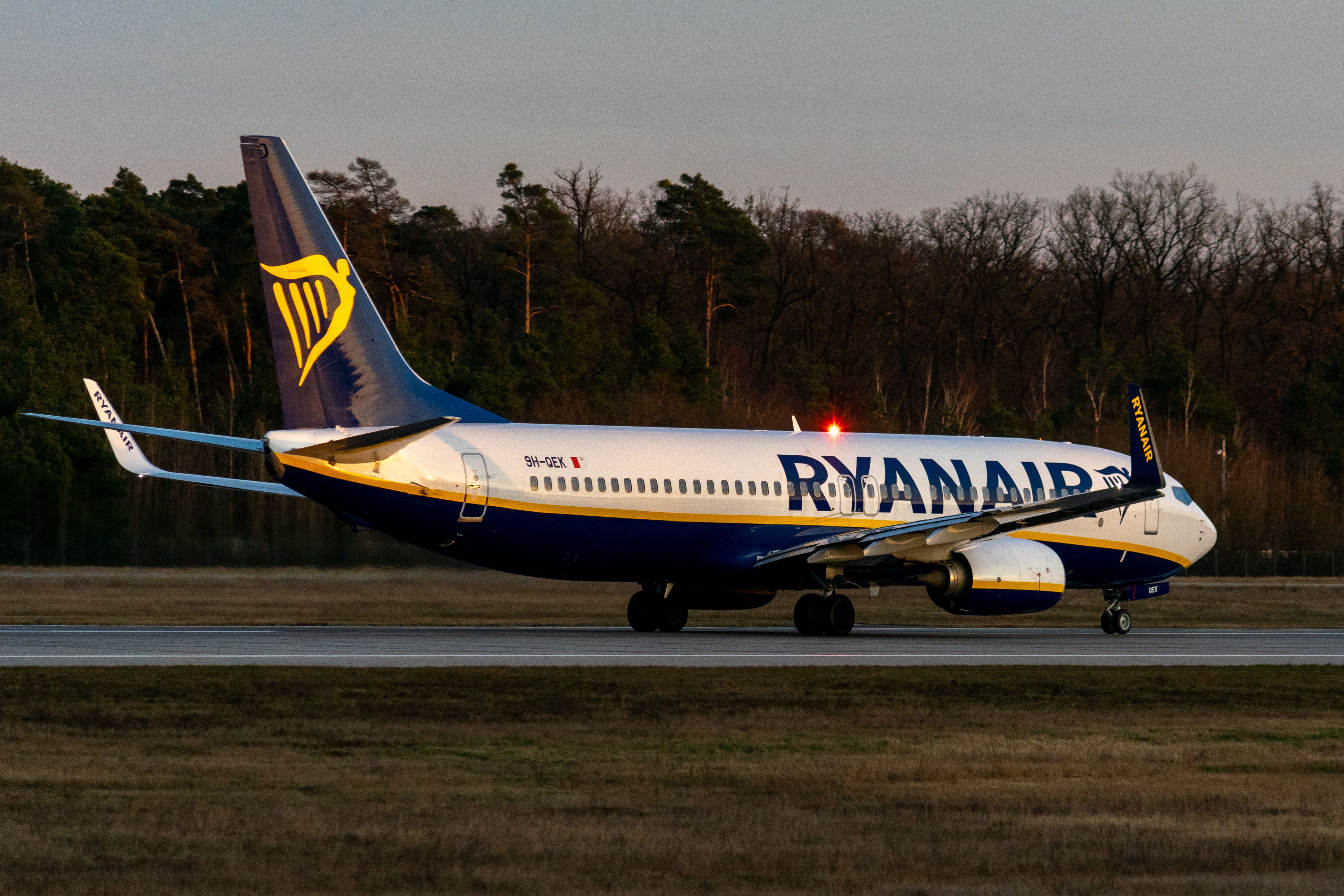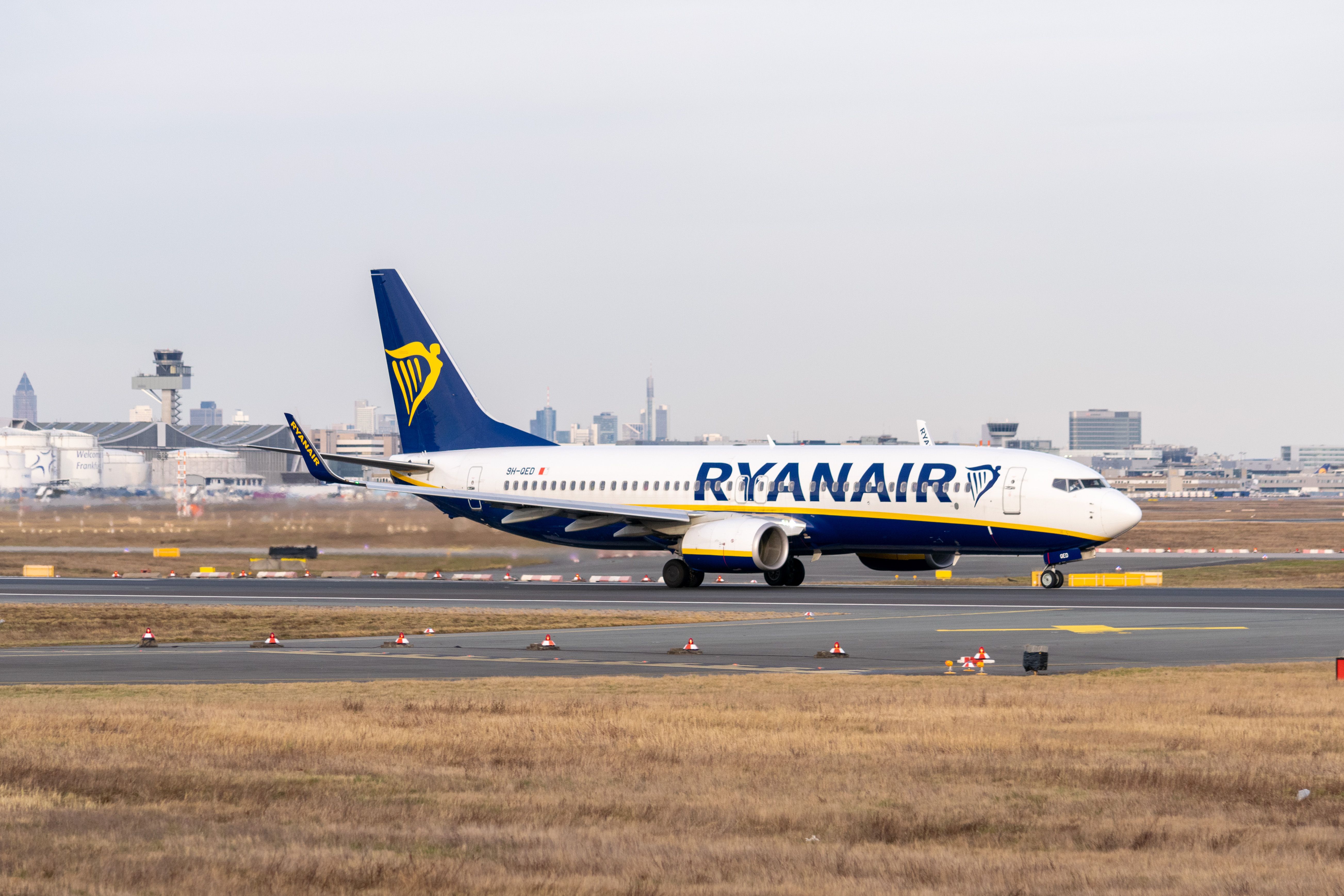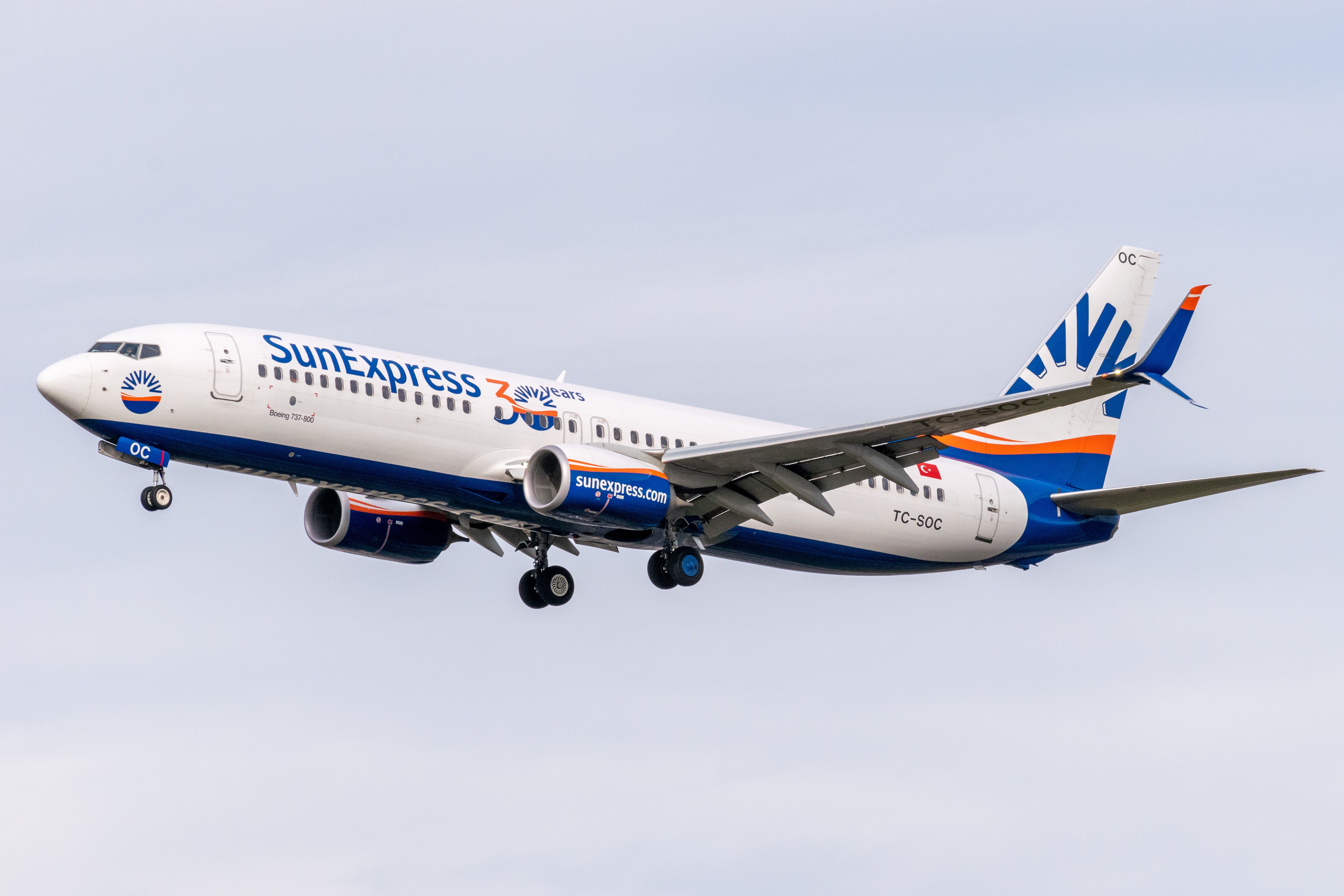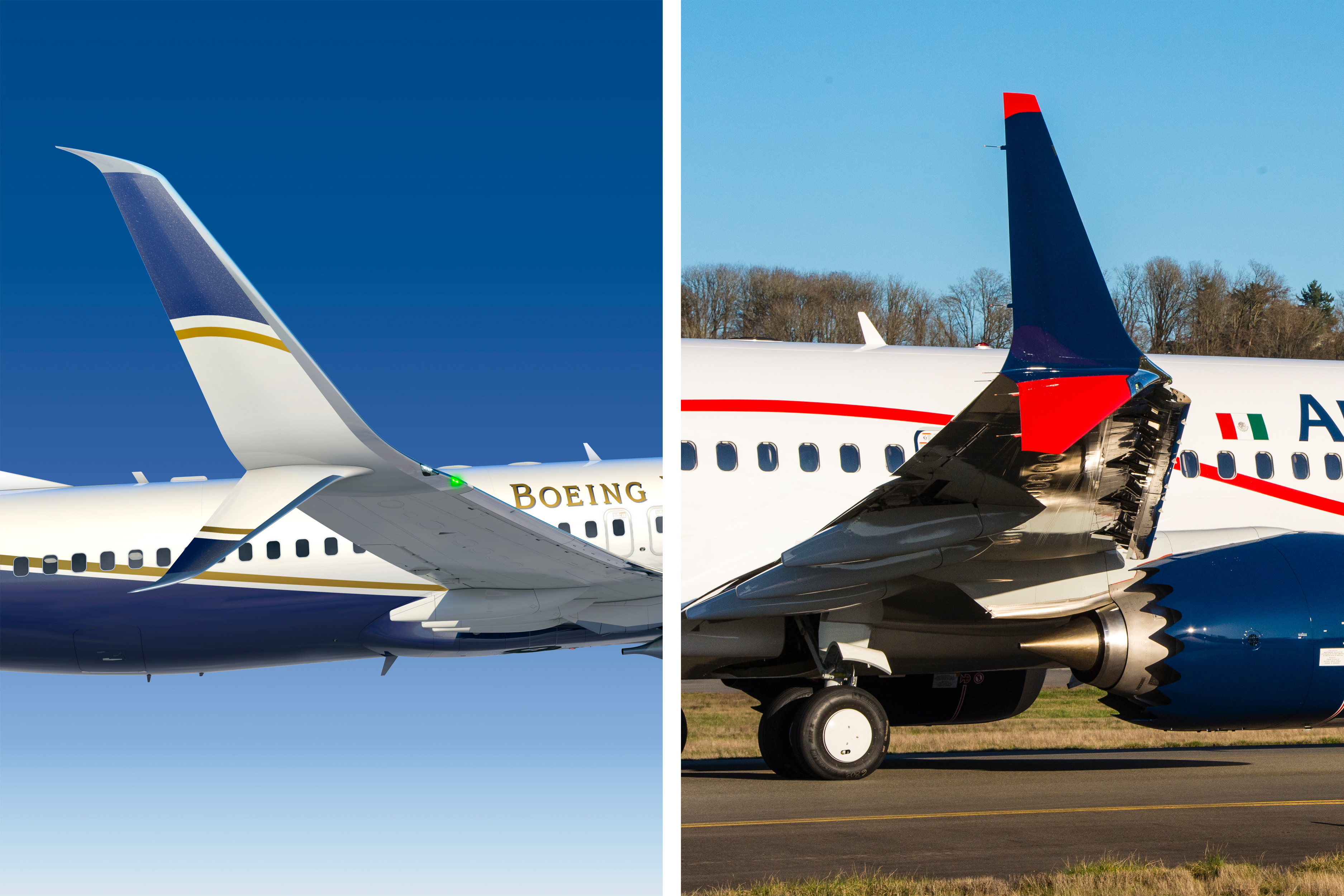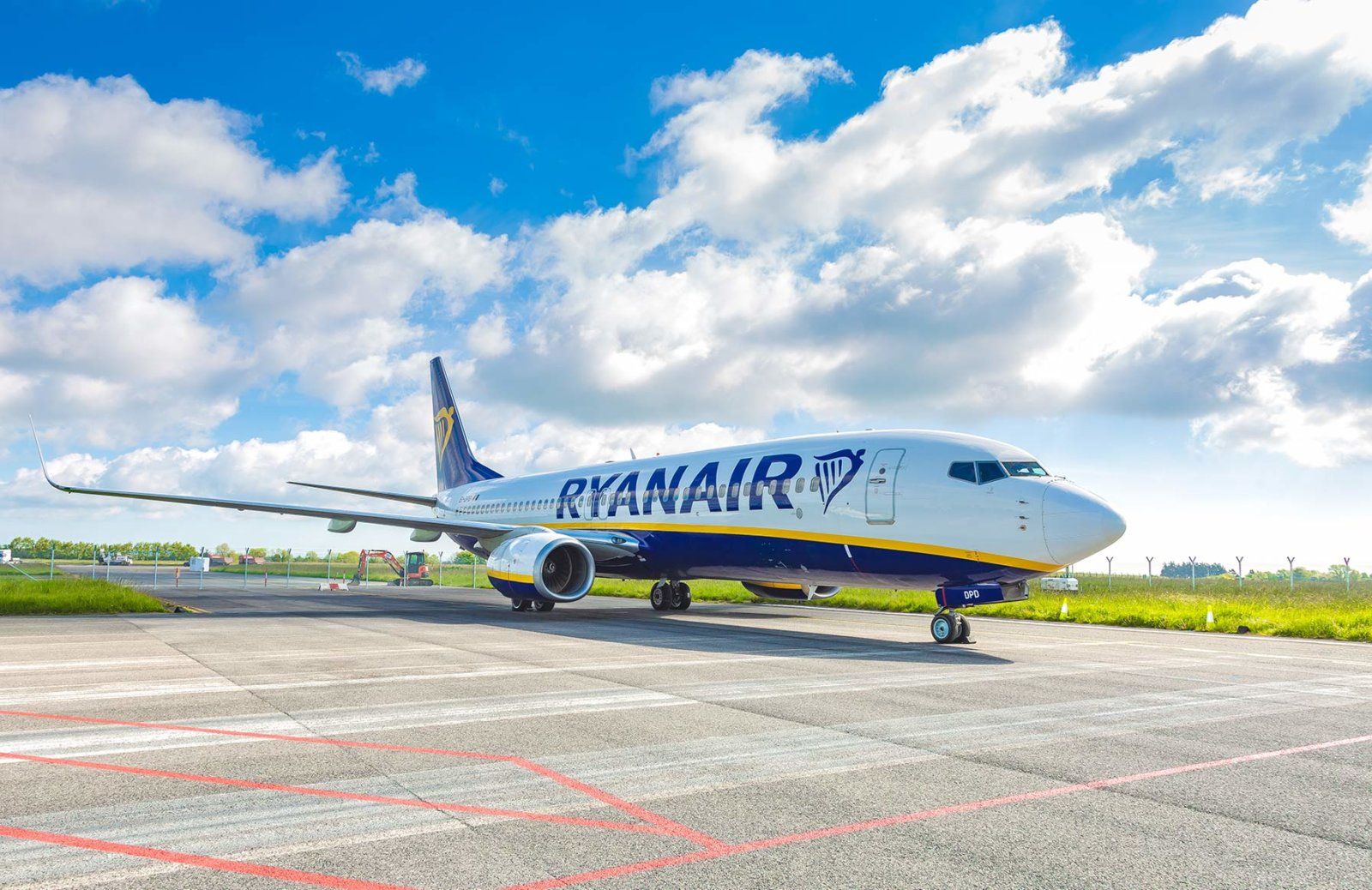Irish low-cost giant Ryanair is investing roughly $200 million in making its fleet of Boeing 737-800 aircraft more efficient. The airline will begin retrofitting these aircraft with split-scimitar winglets this winter. According to Ryanair, adding the split-scimitar to the end of the wing will reduce fuel burn by 1.5%.
Fuel burn is a key consideration across the aviation industry, especially given the current global situation. Firstly, fuel costs airlines money. Therefore, the less it uses, the less it spends. However, lower fuel burn also means fewer CO2 emissions, which is a win for the airline and the environment.
Investing in 400+ aircraft
According to Ryanair, it will retrofit split-scimitar winglets to 409 of its Boeing 737-800 aircraft. The investment is valued at more than $200 million, suggesting that Ryanair is spending around half a million per aircraft to implement the changes.
As Europe's largest LCC, Ryanair is cautious with its money, avoiding wasting cash. While the up-front costs of retrofitting the aircraft aren't cheap, it looks set to pay for itself moving forwards. In its first-half results, Ryanair revealed that it had spent €2.18 billion on fuel ($2.18 billion).
The airline says that retrofitting these split winglets will drive a 1.5% fuel burn saving. If this saving were applied to the airline's H1 fuel expenditure in a basic calculation (not allowing for other variables), the low-cost carrier would save over €30 million ($30 million) across six months, or €60 million ($60 million) a year. The investment would theoretically pay for itself in under four years.
Get the latest aviation news straight to your inbox: Sign up for our newsletters today.
However, the saving isn't purely financial. Burning less fuel also means that the airline is lowering its carbon emissions. Across the industry, airlines, airports, and OEMs are looking to cut their emissions as the industry seeks net-zero emissions by 2050.
The Ryanair Boeing 737 fleet
Ryanair said that the entire Boeing 737-800 fleet would be getting splits-scimitar winglets (shown in the photo below). According to ch-aviation.com, the airline's fleet of Boeing 737-800 aircraft has an average age of 10.3 years. The oldest of the aircraft is around 18 years old, with the youngest under four years old. Given that all aircraft are due to get the winglets, it suggests that few retirements are planned in the near future.
The airline also has around 80 Boeing 737 MAX 8 200 aircraft. The Boeing 737 MAXs won't be retrofitted with the split-scimitar. They are all delivered with a split 'AT' winglet, a technology developed on the Boeing ecoDemonstrator program. The Boeing 737 MAX split winglet has a different design from the -800's split-scimitar. You can see a comparison between the two below,
What do you make of Ryanair's ambitious wing tip retrofit program? Let us know what you think and why in the comments below!

